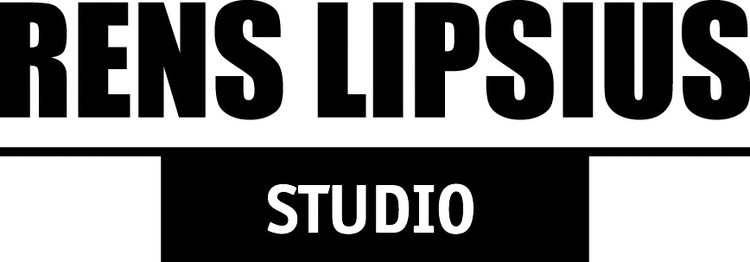Rens Lipsius is an autodidact who converted his early love of nature and science to experimentation with camera and brush. While working in Paris, New York and Friesland (the Netherlands) in the early part of his career, he has aimed to escape the influence of traditional art practices and venues on the direction of his work in painting.From 2000 to 2004, Rens Lipsius was artistic director of the Paris program for the American Icar foundation and developed his concept of the Ideal Artist House.In collaboration with Icar, his studio became a temporary home and exhibition space for major artists Dennis Oppenheim, Vito Acconci, John Coplans, and JCJ Vanderheyden, along with the ENSBA-Paris project led by Jean Francois Chevrier, and his own work. The space became known as Rens Lipsius’ Ideal Artist House and was critically acclaimed for a new way of profiling art and artists.
Rens Lipsius, the Dutch multimedia artist, is internationally recognized for using his oeuvre–painting, photography, and video–to challenge conventional ways of living with art.
Rens Lipsius’s artworks have been widely seen in the architectural projects he realized to bring together his vision of art and space– 7 Ideal Artist Houses.
Eventually art making did take over and it was indeed impossible to continue with Icar. In that sense, the Ideal Artist Houses are different–there are no exhibitions, and it’s just about the intimacy of a personal experience of art and a chance to share the way one lives it.
The work of the post-Icar period continues to reflect the shifts in perspective –geographical and social–and include a final group of NY paintings and three Ideal Astist House — one in nature and two urban with the accompanying documentation in photography and video.
After the sale of the Bleecker street apartment installation in NY as a total concept, Rens Lipsius (b. 1960) returned to his studio Paris, but he often works in the countryside in Friesland.
“My work explores light as it shapes spaces and landscapes–it explores painting as it shapes contemporary art–it explores art as it shapes the landscape of our life.”
“Rens Lipsius’ work is inscribed in a humanist approach to art reaching for the light of what’s essential”(by Nina Rodrigues-Ely, www.observatoire-art-contemporain.com).”
“The Ideal Artist Houses are extension of my studios… The “key” to such a space is that it invites everyone to “inhabit” it as their own…It’s also of great interest to select artworks of others and install them in my space–it opens the space and democratizes art making”
“Working with Icar was of course a complete reversal of my enfant terrible practices, but the opportunity to stay away from commerce for a time was irresistible. And as the program was about the relationship between art and space–art, in the broadest sense of the word, against the background of my studio, I accepted…”
“I am often asked if this was too curatorial with big risks to my own work, but in fact it proved incredibly fruitful. Fruitful both in terms of refining my vision of art and as a stimulus for new work…The exchange with the artists and viewers seemed free and uninhibited because it was in my workspace.”
“An exhibition of a about 30 large works from Rens Lipsius’s Large Standing Figures and Abstract Panels series was presented as a culminating event in the Icar program and received high praise.”
“Just prior, Rens Lipsius completed the Light Observation Field land project, which together with the CuCkoo’s House constructed later at the same site, became part of Ideal Artis House 4 in Friesland. The paintings in the Icar exhibition came form the New York studio on Varick Street. They reflect a sense of the immediate experience of the physical work in the field and on the construction site form a distance of an urban perspective–multi-layed paintings reflecting a multi-layed vision.”

